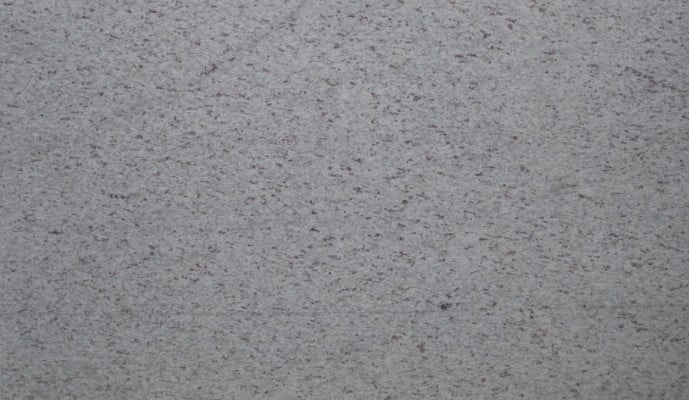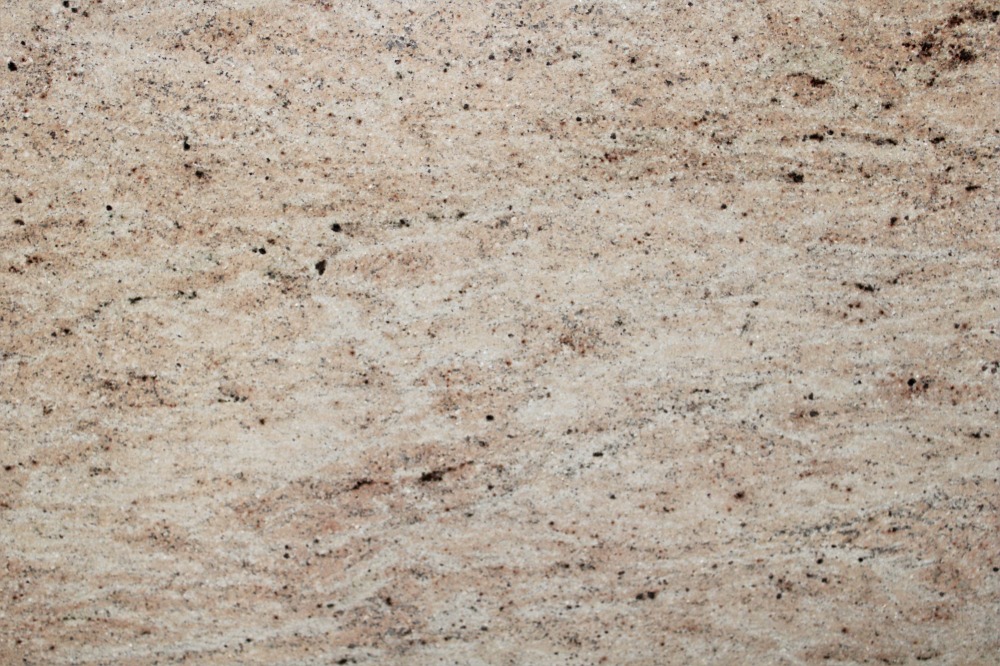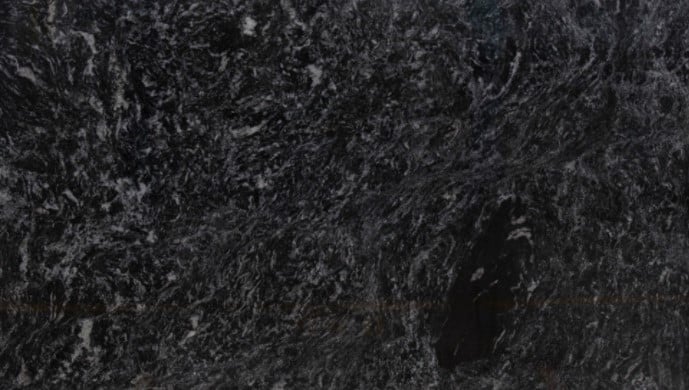
Granite is one of the most popular natural stone surfaces out there, but what colors does granite come in and how does it get those colors? In this post, the experts at Cosmos SurfacesTM delve into the science behind this incredible stone.
In the realm of natural stone surfaces, granite is a bit of a legend. It’s highly durable: heat-, crack- and scratch-resistant. In fact, granite is second only to diamonds in hardness! It’s been in use for structures like buildings and statues for thousands of years. Even today, granite is still commonly found in bridges, buildings, monuments and countless other outdoor applications. When it comes to interiors, granite makes an excellent choice for kitchen countertops, floor tiles, backsplash, mantelpieces and so much more. The stone is not only versatile in its uses, but also comes in a gorgeous array of colors and patterns. Let’s take a closer look:
What is Granite?
Granite is an igneous rock – that is to say, it’s a type of magmatic rock, formed by the slow crystallization of magma below the Earth’s surface. The stone comes in an array of striking colors, including white, pink, grey and black. The color of granite can provide information on its mineralogy and origin. Conversely, the types and amounts of minerals present in granite will determine its color.
The slow, subterranean cooling process behind granite allows for different types of minerals to form at different stages, greatly altering the look of the resulting stone. This is why granite has visible mineral grains. Molten rock that is expelled during a volcanic eruption cools at a much faster rate without allowing time for minerals to form. Extrusive rock, or molten volcanic rock that cools after being expelled above the surface, results in a homogenous stone that does not contain visible mineral grains. The size of mineral grains visible in granite depends on how slowly the molten rock cooled beneath the surface, and thus how much time minerals were given to form.
What Colors Does Granite Come In?
Granite is typically a conglomerate of quartz, mica, feldspar, amphiboles and other trace minerals. Those commonly found in granite and their colors include the following:
- Quartz – milky white
- Feldspar – opaque and usually off-white
- Amphibole – black or dark green
- Potassium Feldspar – salmon pink
- Muscovite – yellow or metallic gold
- Biotite – dark brown or black
- Garnet – deep red
Different combinations and amounts of these minerals will determine the coloring of the resulting stone. Let’s break down a few common types of granite and what they are made of:
White Granite
Moon White – A white granite gets its color from high quantities of quartz, a milky white mineral, and feldspar, which is an opaque off-white mineral. White granite is likely to also contain darker specks or grains – traces of other minerals like amphibole that did not fully form during the cooling process. Rock that is entirely white without such grains is likely man-made and meant to imitate real granite.

Pink Granite
High levels of potassium feldspar give Vyara Gold granite a salmon pink coloring, though specks or grains of other minerals like quartz, amphibole or feldspar can often also be seen.

Black and White Granite
This is one of the most common types of granite and often makes an appearance in granite countertops. Equal parts quartz (milky white), feldspar (opaque white) and amphibole (dark brown or black) can create a speckled black and white granite similar to Silver Waves.

Red Granite
Granite with high levels of pink potassium feldspar can take on a red coloring. In these cases, the k-feldspar is red, rather than pink as seen in Typhoon Bordeaux. Red coloring in granite can also come from iron oxide in hematite grains or within feldspar. Garnet is another family of minerals that often adds deep red coloring to granite. For example, Moon White Ivory granite is defined by starry yellow and ivory white, accompanied by flecks and spots of gray and burgundy coloring from garnet minerals.

Conclusion
Granite is one of the most popular natural stone surface choices, with colors that result naturally from its mineral content. Aside from its practical advantages, granite has an elegant, timeless aesthetic that can elevate any space for generations to come. If you want to learn more about granite, check out our posts on how to maintain granite countertops, what granite is used for and this one on black granite!
Cosmos SurfacesTM is a proud supplier of the finest natural stone surfaces available. Contact us today for more information on our range of granite products!
Color of the Month: Lark
This month’s featured trending color is Pantone 16-1324, Lark! The Pantone Color Trend Report says, “Authentic and low-key, Lark is an understated and versatile khaki.”

Appealing to those who appreciate the finer things in life, Black Galaxy is the embodiment of high elegance. Flecks of silver and white shine like diamonds in the foreground, playing the foil to an even-keeled gray-black backdrop. Available in a polished or leathered finish, this wow-worthy natural stone from India is well suited to backsplashes, floors and walls in the kitchen or bathroom.












